Pungduck House
11.3 Km 1100 2021-04-09
20-17, Oeamminsok-gil, Songak-myeon, Asan-si, Chungcheongnam-do
+82-41-541-0023
Pungduck Old House is located in Oeam Folk Village. The name “Pungduck (or Pungdeok)” comes from the penname of Lee Taekju, the seventh-generation descendant of historical figure Lee Sajong who earned the penname “Pungdeok” while serving as the Governor of Pungdeok-gun, Gwanghae-do. The old house is “ㅁ”-shaped, with “ㄴ”-shaped building and “ㄱ”-shaped building right over it. Behind the main building is a knoll that serves as a wall of the house. Detached buildings called “sarangchae” and “byeolchae” are used as a guesthouse where guests can experience an old traditional Korean house. The "sarangchae" with area of 40㎡ has two rooms, one living room, a kitchen, and a bathroom. There is a toenmaru (narrow wooden porch running along the outside of a room). The “byeolchae” has a large spacious room, a kitchen, and a bathroom. There is a low wooden bench called “pyeongsang” in front of the “sarangchae” and “byeolchae.” Pungduck Old House is also well-known for its traditional red chili paste, so it offers a Traditional Red Chili Paste Class where participants can buy or make their own red chili paste, soybean paste, and grain syrup using traditional recipes. There is a fee for participating in the class, so make a reservation when booking.
Oeam Folk Village (외암민속마을)
11.3 Km 30287 2024-03-15
13-2 Oeamminsok-gil 9beon-gil, Songak-myeon, Asan-si, Chungcheongnam-do
+82-41-540-2110
Oeam Folk Village, located in Asan, boasts a history spanning over 500 years. This agricultural village has preserved its ancient houses and cultural heritage remarkably well. At the entrance, visitors are greeted by a recreation of a traditional market. The village offers Hanokstay programs, allowing guests to stay in traditional Korean houses, and provides interactive experiences that recreate traditional Korean agricultural practices and crafts.
Himart - Bangchuk Branch [Tax Refund Shop] (하이마트 방축점)
11.6 Km 0 2024-04-19
1367, Oncheon-daero, Asan-si, Chungcheongnam-do
-
Sinjeongho Tourist Park (신정호관광지)
12.3 Km 17528 2020-03-26
616, Sinjeong-ro, Asan-si, Chungcheongnam-do
+82-41-540-2518
Sinjeongho Tourist Park was created in 1993 on land spanning 272,000 square meters in the Bangchuk-dong area of Asan City. The park has various attractions including a grass plaza, bird garden, wildflower park, sculpture park, youth facilities, and 8.45 meter-high statue of Admiral Lee Sun-shin. The ecological park at the tourist park entrance is home to a variety of plants such as pine trees and azalea flowers, while the sculpture park attracts visitors in the winter with a large ice sculpture 8 meters wide and 3 meters high. Sinjeongho Lake, located in front of the tourist park, is a popular fishing spot throughout the year and visitors can enjoy a leisurely ride on motor boats or pleasure boats.
Gravity Coffee Roasters (Sinjeonghosu Lake) (그래비티 신정호수점)
12.5 Km 0 2024-02-21
33-42, Sinjeongho-gil, Asan-si, Chungcheongnam-do
Gravity Coffee Roasters is a large dessert café right next to Sinjeonghosu Lake. It has one underground floor and is housed on the first floor of the building, with seating on the third-floor rooftop as well. It has a great view of the lake. The rooftop is particularly popular for its open view. The café serves a variety of beverages and desserts, from coffee to latte, ade, smoothies, juice, and croffle. Concerts are sometimes held in the hall as well.
Gangdanggolgyegok Valley (강당골계곡)
12.6 Km 76902 2024-02-22
510, Gangdang-ri, Songak-myeon, Asan-si, Chungcheongnam-do
Gangdanggolgyegok Valley is located at the northern foot of Gwangdeoksan Mountain at the boundary between Asan and Cheonan, through which the Oeamcheon Stream flows. The valley has clear water and a lush forest, making it a great place for forest bathing and summertime swimming. Gwangdeoksan Mountain also has excellent hiking trails. The village has campgrounds and pensions for accommodations, along with several restaurants.
Bongjae Fishing Area (봉재낚시터)
13.2 Km 15458 2024-02-28
1258-27, Chungmu-ro, Dunpo-myeon, Asan-si, Chungcheongnam-do
Bongjae Fishing Area is in the Bongjae Reservoir, located north of Asan. Fishing can be enjoyed by the lakeside or on the fishing platforms, even in the early morning. Mini pensions, restaurants, and convenience stores can be found nearby. The platforms are also equipped with a variety of amenities. Aside from fishing, one can also enjoy the view of the area on foot or in a car.
Jeonuihyanggyo Confucian School (전의향교)
13.8 Km 4812 2022-12-26
5-18, Bukchon 1-gil, Sejong-si
+82-44-211-4022
Jeonuihyanggyo Confucian School is thought to have been built in 1413 during the 13th year of King Taejong’s reign. The school features a simple spatial arrangement with only Myeongnyundang and Daeseongjeon Study Halls, each with three gates in the front. Outside the western wall of Myeongnyundang Hall is Sujiksa Temple.
Several books - Jaeimnok, Seonan, several texts on rituals, and Eojeyuneum (1782-1783), which was published in 1782 (6th year of King Jeongjo’s reign) and 1783, have been found at Jeonui Hyanggyo.
CU - Nam Seoul University Student Union Hall Branch [Tax Refund Shop] (cu남서울대학생회관점)
13.9 Km 0 2024-06-26
B1F, 91, Daehak-ro, Seonghwan-eup, Seobuk-gu, Cheonan-si, Chungcheongnam-do
-
Cheonan Gwangdeoksa Temple (광덕사(천안))
14.2 Km 7915 2021-12-01
30, Gwangdeoksa-gil, Dongnam-gu, Cheonan-si, Chungcheongnam-do
+82-41-567-0050
Gwangdeoksa Temple is said to be established in 637 by Monk Jajang Yulsa during the Silla Kingdom and was refurbished during the reign of King Heungdeok (832). The temple sits in the southeast of Gwangdeoksan Mountain, which borders Asan-si and Cheonan-si, and the southwest of Taehwasan Mountain. It was the biggest temple within Chungcheong and Gyeonggi regions before the Japanese invasion. However, it was burnt down during the Japanese invasion and the main buildings such as Daeungjeon, Myeongbujeon and Cheonbuljeon Halls are relatively new compared to the other original facilities.
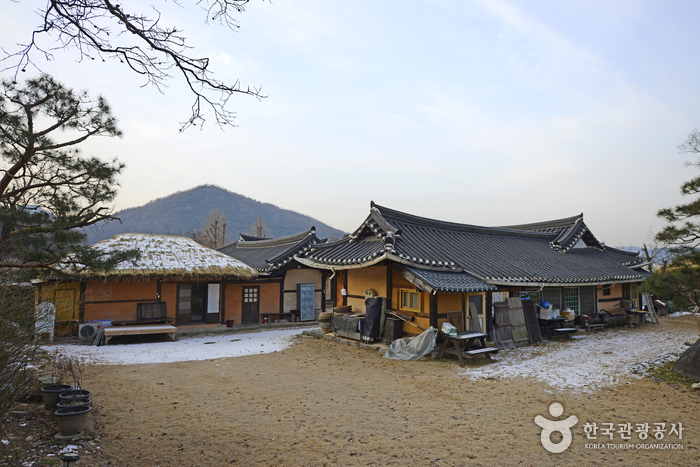

![Himart - Bangchuk Branch [Tax Refund Shop] (하이마트 방축점)](http://tong.visitkorea.or.kr/cms/resource/78/2883278_image2_1.jpg)
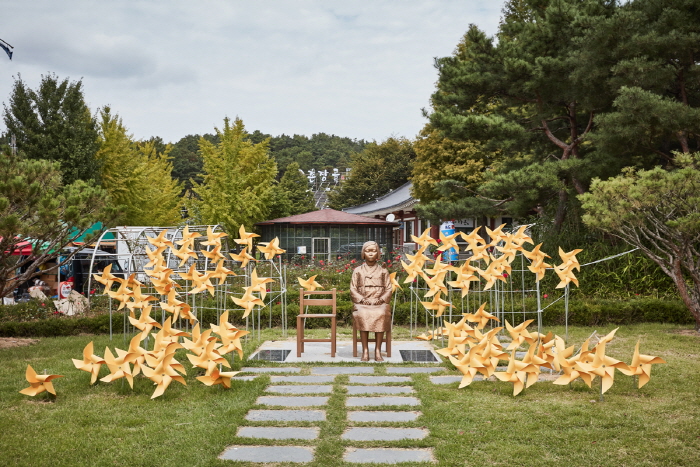
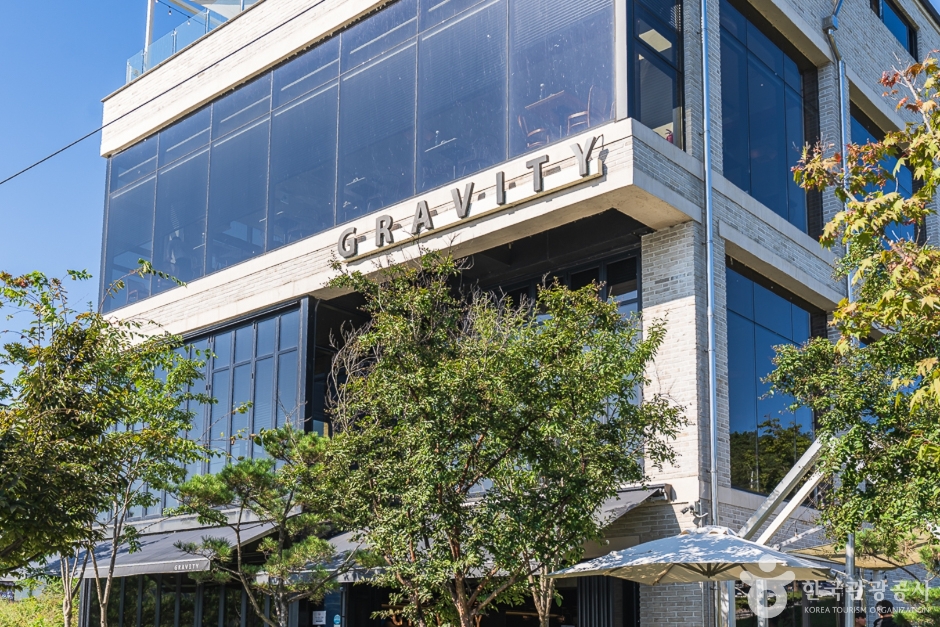
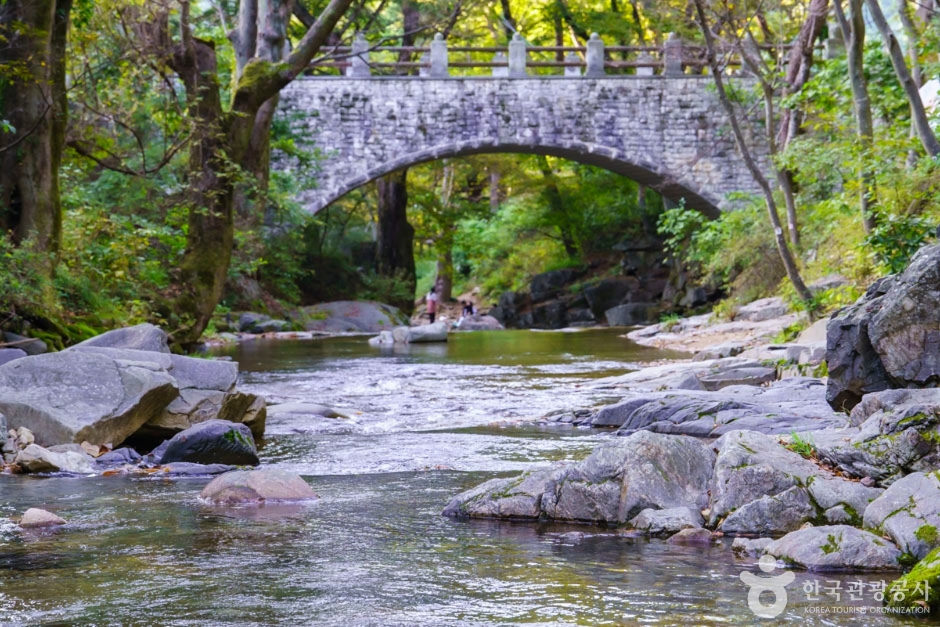
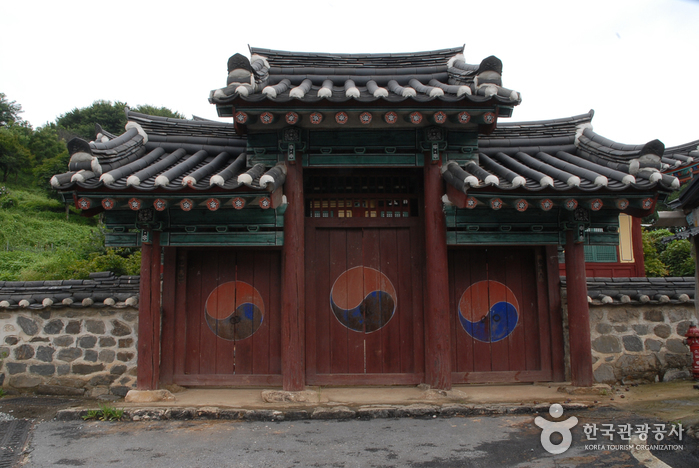
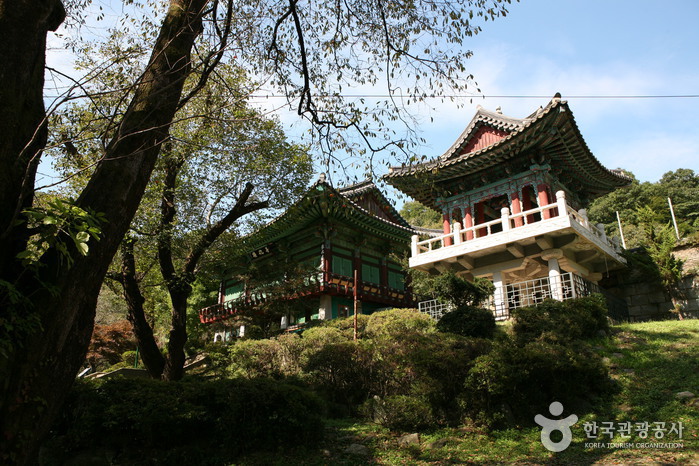
 English
English
 한국어
한국어 日本語
日本語 中文(简体)
中文(简体) Deutsch
Deutsch Français
Français Español
Español Русский
Русский